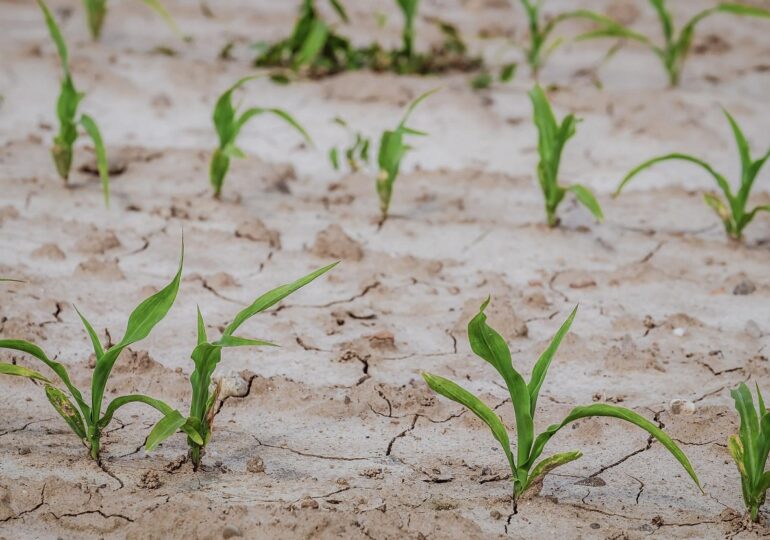Seven major agricultural crops in Romania have been affected this summer by drought and extreme heat. The European Commission has revised its forecasts for the yields of agricultural crops in Romania, and the news is not good.
The latest estimates from September indicate a significant decrease in production for seven out of the eight crops analyzed, due to severe drought and heatwaves that have affected Central and Eastern Europe, as reported by Economica.net.
The very high temperatures across most of Central and Eastern Europe have had a negative impact on biomass accumulation and shortened the grain filling period for summer crops. In large parts of Romania, Bulgaria, Hungary, Slovakia, and Austria, these effects have been exacerbated by a persistent precipitation deficit, as indicated in the European Commission's forecast.
Yields for corn, sunflower, soybeans, and other crops have decreased by up to 14% compared to the August predictions. Grain corn will have a yield of only 3.33 tons per hectare, 29% lower than last year and 32% below the five-year average.
Sunflower, one of the most important crops in Romania, also experienced a 6% decrease in yield, with an average production of only 1.74 tons per hectare. The total estimated production amounts to 2.3 million tons, an increase from last year, but due to expanded cultivated areas.
The production of soybeans, sugar beets, and peas has also been revised downwards, with decreases ranging from 3% to 13% compared to the August forecast.
The only crop that did not experience a significant decrease is spring barley, but even this is 10% below last year's yield.
The average yield for potatoes decreased by 2% compared to the August forecast. Farmers expect an average production of 14.5 tons per hectare, higher by 3% than in 2023, but below the five-year average (minus 7%).

